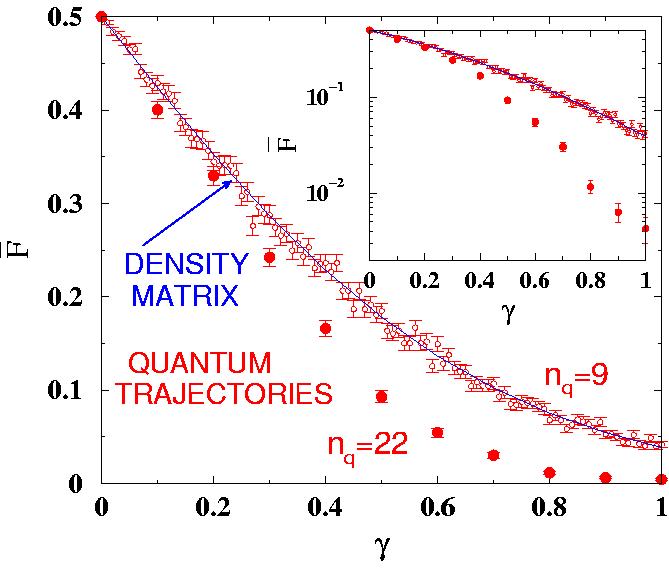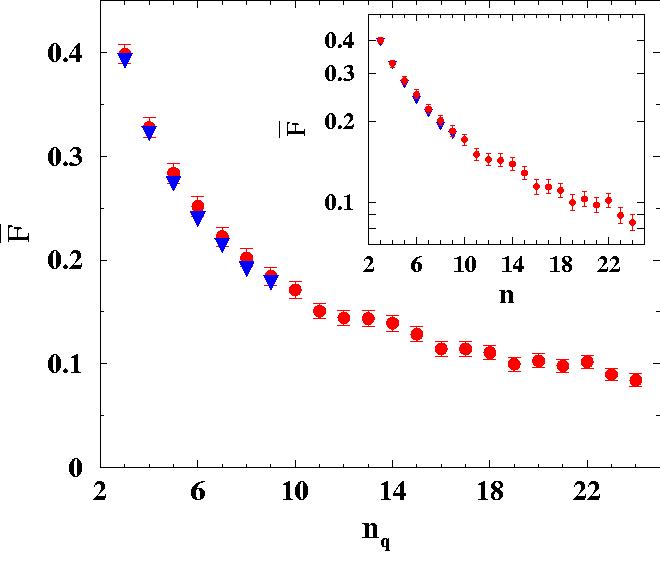References
[1] G.G. Carlo, G. Benenti and
G. Casati, Teleportation in a noisy
environment: a quantum trajectories approach, Phys. Rev. Lett. 91, 257903 (2003).
[2] G.G. Carlo, G. Benenti, G. Casati and C. Mejia-Monasterio, Simulating noisy quantum protocols with
quantum trajectories, Phys. Rev. A 69, 062317 (2004).



